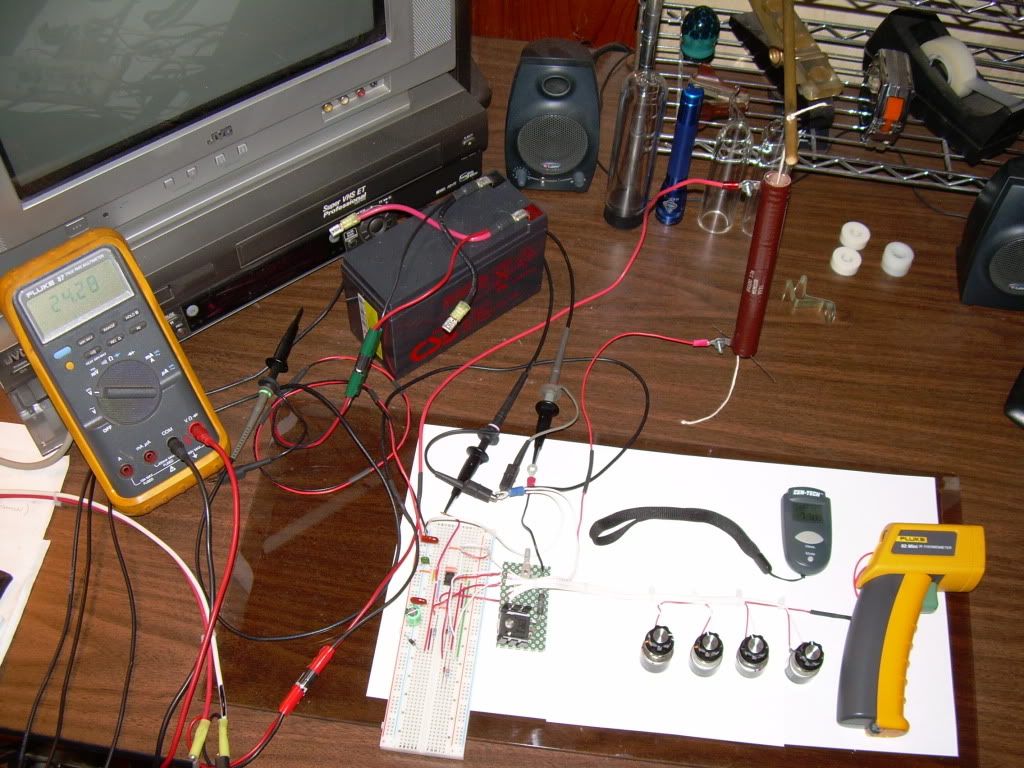Harvey,
Tanks for the explanation. I haven't designed much RF before so this is
new to me. I mostly design digital electronic. Is is good to have bright
minds around. I'm terrible at math. :-)
Groundloop.
Tanks for the explanation. I haven't designed much RF before so this is
new to me. I mostly design digital electronic. Is is good to have bright
minds around. I'm terrible at math. :-)
Groundloop.
























Comment